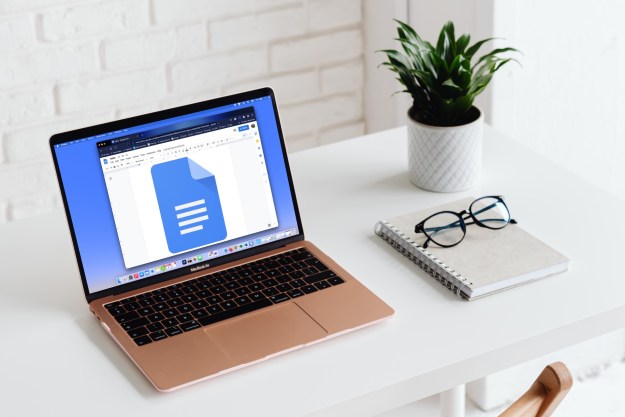Dropbox is adding some limitations to its free service that could frustrate users a little — from now on, free Dropbox users can only link up to three devices to their accounts. Users who already have more than three devices linked can keep them, but won’t be able to add any more devices.
In 2019, three devices isn’t all that many. Sure, it allows you to add your phone, laptop, and maybe a tablet to your account, but if you want those three devices and an extra computer too, you’re out of luck. If you want to add more devices you can do so — but only if you upgrade to a paid Dropbox subscription. Alternatively, you can unlink and relink devices as you need to use them, but doing so could get frustrating.
Of course, there’s an obvious reason for Dropbox making this move — the company clearly wants to encourage users to upgrade to paid plans. Still, imposing restrictions on users that already know and love Dropbox doesn’t necessarily seem like the best way to go about it. Not only that, but it’s possible the move could cause users to switch to other services — like Google Drive, which offers more storage in its free plan.
The free Dropbox plan offers up to 2GB of storage, with paid plans coming at $9.99 per month for 1TB of storage or $19.99 per month for 2TB of storage. Dropbox seems to be a little behind the competition in that regard — both Google Drive and Apple’s iCloud offer 2TB of storage for $9.99 per month, meaning that those with higher storage demands may be better served by Google or Apple. Still, Dropbox is a great way to sync files between all your different devices.
The cloud storage wars are unlikely to die down any time soon. The most recent changes offer users 2TB for $10 instead of 1TB, and it’s likely the amount of storage you get per dollar will continue to go up. The amount of storage users will need may go up too — as people begin to adopt cloud storage, all of their files could eventually be moved to the cloud. That reduces how much storage they need on their computer or smartphone, but adds to cloud storage needs.
Editors' Recommendations
- Google Drive vs. Dropbox: which is best in 2024?
- Google Play Store now offers third-party app payments, but only for some users
- Dropbox to launch free password manager, but there’s a catch
- Apple’s 5GB of free iCloud storage is pitiful, but you should still happily pay for more
- The best cloud storage options to support your small business


